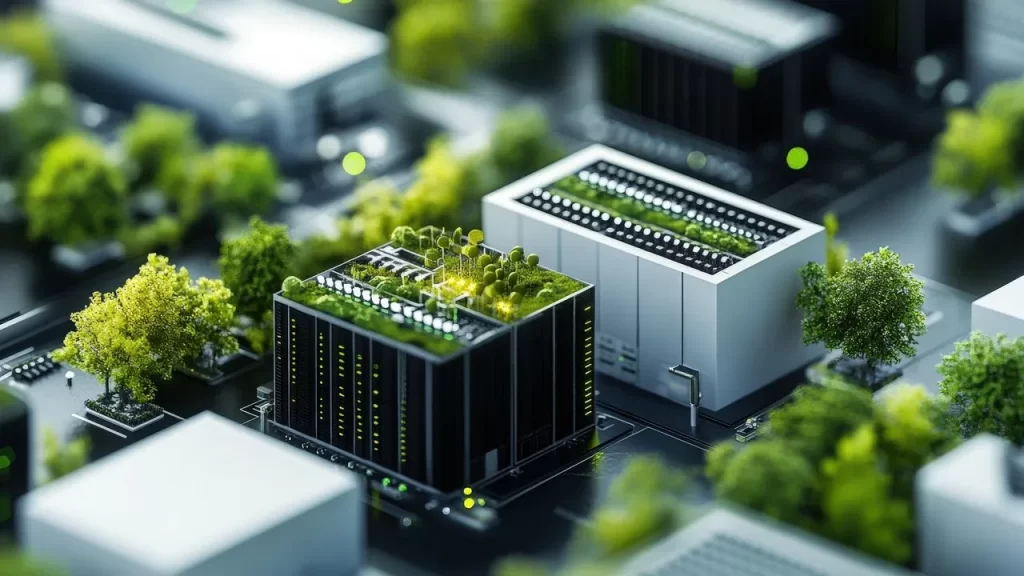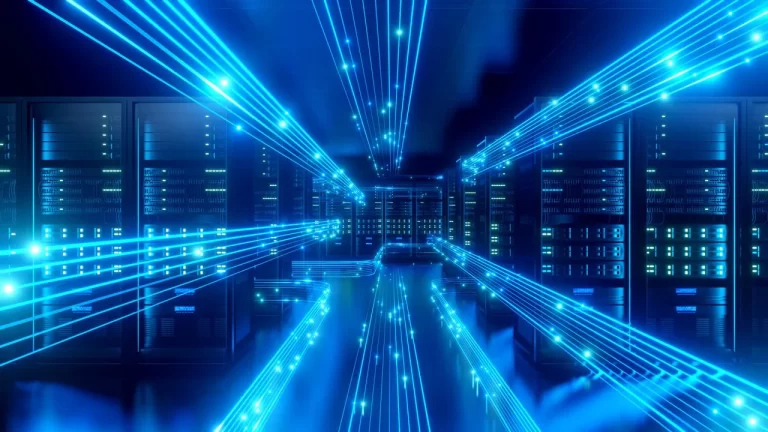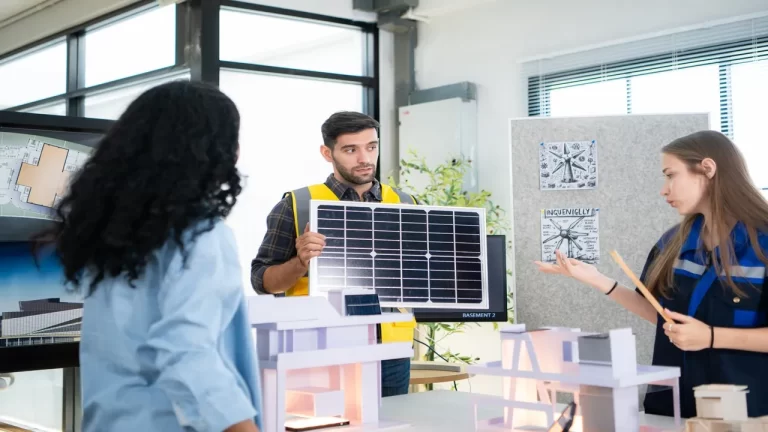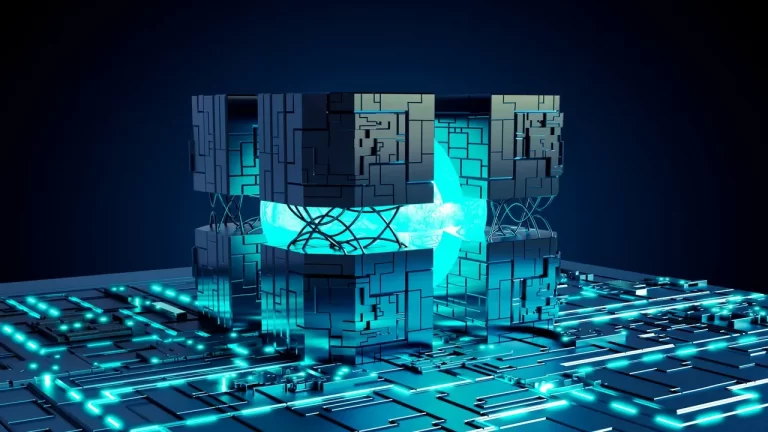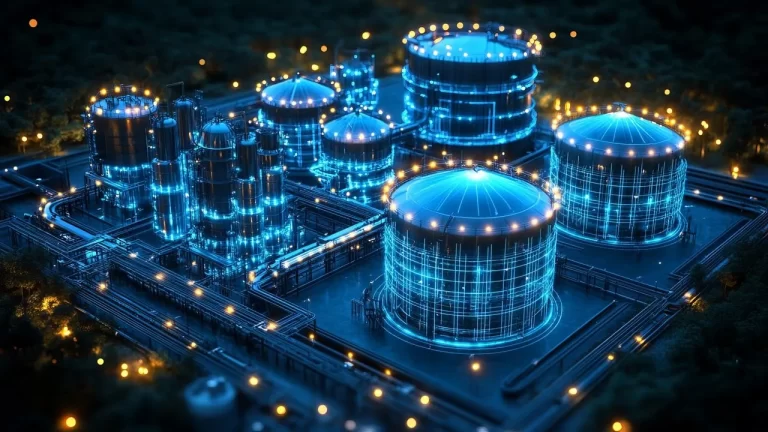In today’s digital world, organizations depend on data centers in cloud computing to store & process large amounts of data. these facilities use a significant amount of energy, leading to high operational costs and raising environmental concerns. The expanding need for computing power because of AI, IoT & cloud networking requires sustainable design implementation for the future.
The Growing Demand for Sustainable Data Centers
The shift of organizations toward cloud-based computing has led to a peak in the need for energy-efficient solutions. The growth of public cloud data centers and virtual machines has resulted in a significant increase in electricity usage. Google & Microsoft along with other companies have devoted major funding to green technology development for decreasing their environmental footprint.
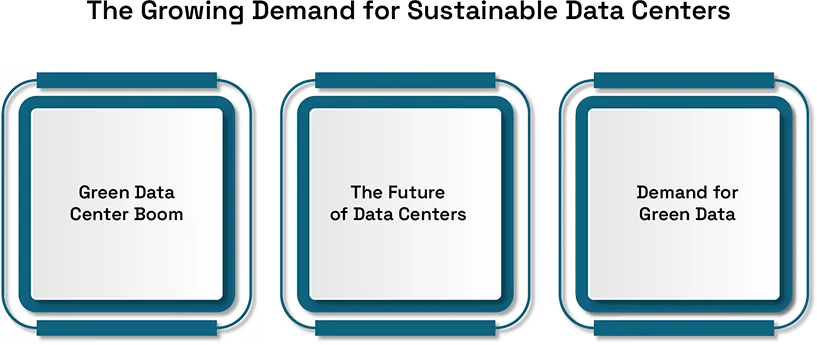
Recent Outages Emphasize the Need for Resilient Infrastructure
Recent unplanned outages caused by power issues & poor energy management have underscored the critical need for resilient networks in data centers. Traditional setup weaknesses became visible when Microsoft & AWS experienced service outages which demonstrated their system’s exposed vulnerabilities. The recent power blackouts demonstrate why sustainable construction methods should be immediately accepted as a solution. The implementation of sustainability trends allows data centers to function better by accepting renewable power solutions with progressive cooling methods which secure continuous operation while delivering dependable services.
Key Components of Sustainable Data Center Design
The core element of designing sustainable data centers consists of maximized energy efficiency together with renewable power utilization. The modern cloud computing data center architecture combines sustainable servers with artificial intelligence-based cooling systems sustained by renewable energy sources including solar power and wind and hydroelectric water flow. Cloud computing centers reduce their carbon footprint and electricity usage by moving to this system change.
Another important aspect is advanced cooling techniques. Data centers expend most of their energy through their cooling systems. Industrial facilities that operate data centers now adopt liquid cooling and AI-based climate control systems which replace traditional air-cooling technologies. Innovative cooling systems of sustainable cloud data centers in cloud computing decrease excessive energy consumption while making data centers more environmentally friendly.
Water conservation stands as an integral component for data centers. Although water plays a important role in cooling data centers in cloud computing networks its overuse leads to the depletion of this important resource. To address this, many data centers are implementing advanced water recycling systems and rainwater harvesting techniques, which help reduce their environmental impact.
Sustainable hardware together with virtualization solutions constitute primary elements in our sustainability plan. The utilization of virtual machines together with adequate server capacity optimization enables data centers to decrease their energy bills. Cloud providers are making server manufacturing more environmentally friendly so they can lower the quantity of discarded electronic products. Integrating Grok AI & machine learning into cloud-based data centers enhances energy distribution and demand forecasting, preventing overconsumption. Smart grids further improve power efficiency by balancing loads dynamically.
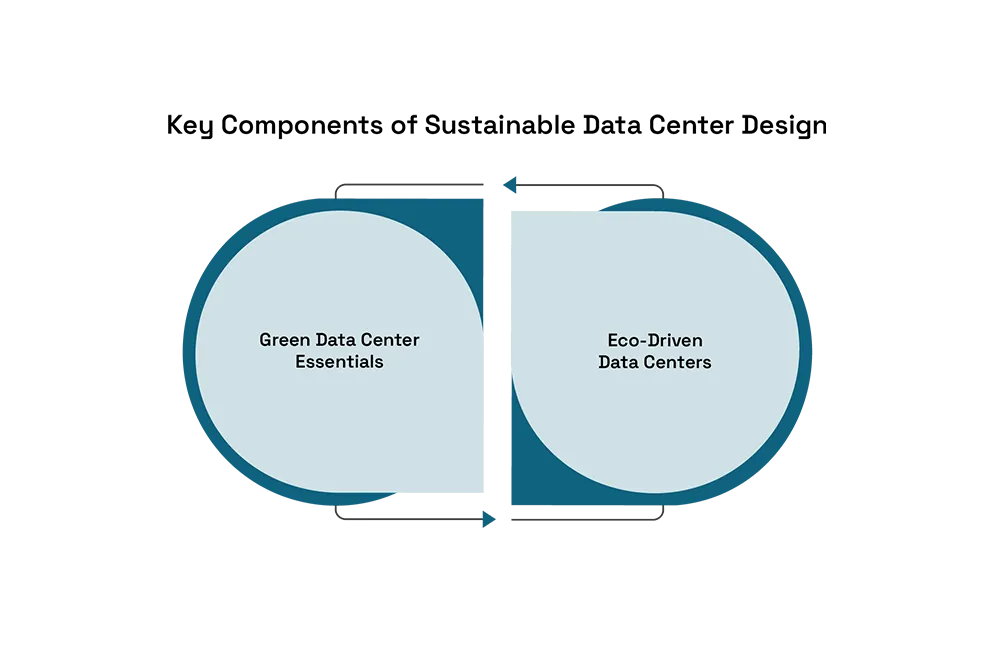
The Business Benefits of Sustainable Data Centers
Sustainable data centers deliver financial savings to customers as a primary advantage. Data centers run more smoothly when their operations decrease energy usage thus reducing the costs of electricity & maintenance procedures. The reduction in fossil fuel dependence in data centers facilities enables companies to collect financial savings over time.
Data centers that achieve regulatory conformity standards gain extra financial rewards among their advantages. Current governments implement detailed energy requirements for data centers. Organizations following sustainable standards qualify for tax benefits along with rebates that lower their costs further.
Sustainable data centers deliver higher operational reliability to their users. Energy-efficient data centers experience reduced rates of system failures together with Reduced operational disruptions. The sustainable solutions implemented by Microsoft during outages enable organizations to give reliable & accessible services when clients need them.
Improving brand reputation stands as a primary advantage among all the benefits data centers receive. Businesses together with consumers choose sustainability-aware organizations over others. Organizations that fund data center sustainability trends will establish themselves as industry leaders who gain environmentally conscious customers.
Conclusion
Sustainability is now a must-have for data centers and cloud computing. By using renewable energy, smart AI tools, & better cooling methods, companies can reduce their environmental effects & boost reliability. Keeping up with this developing world in the data center industry can result in long-term savings, help to address laws, & create a strong network for the future. Moving towards sustainable cloud data centers is not just good for the environment; it’s also important for the growth of the digital economy.

